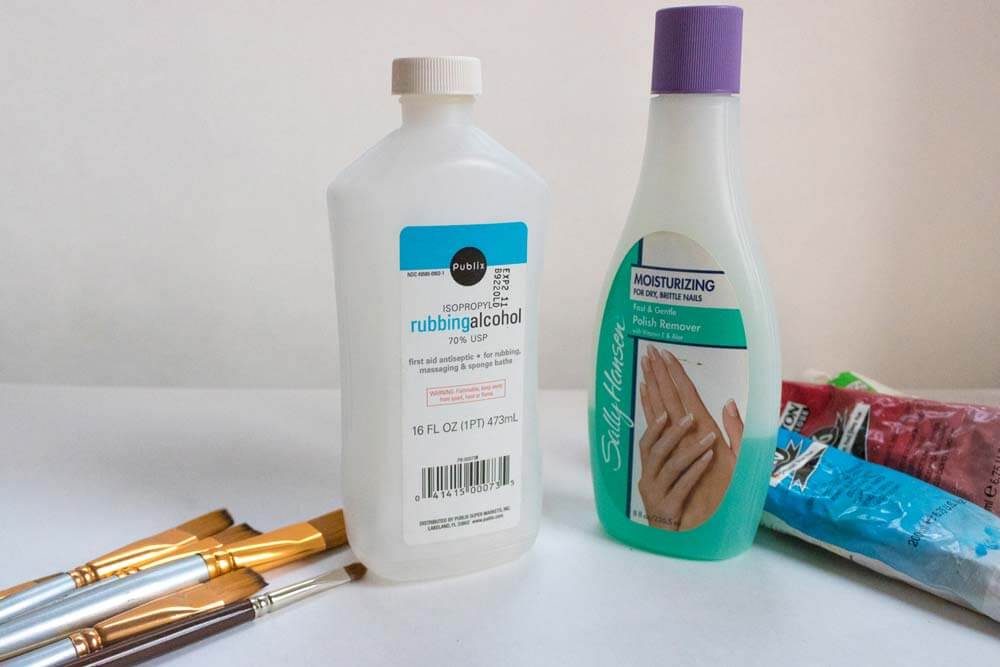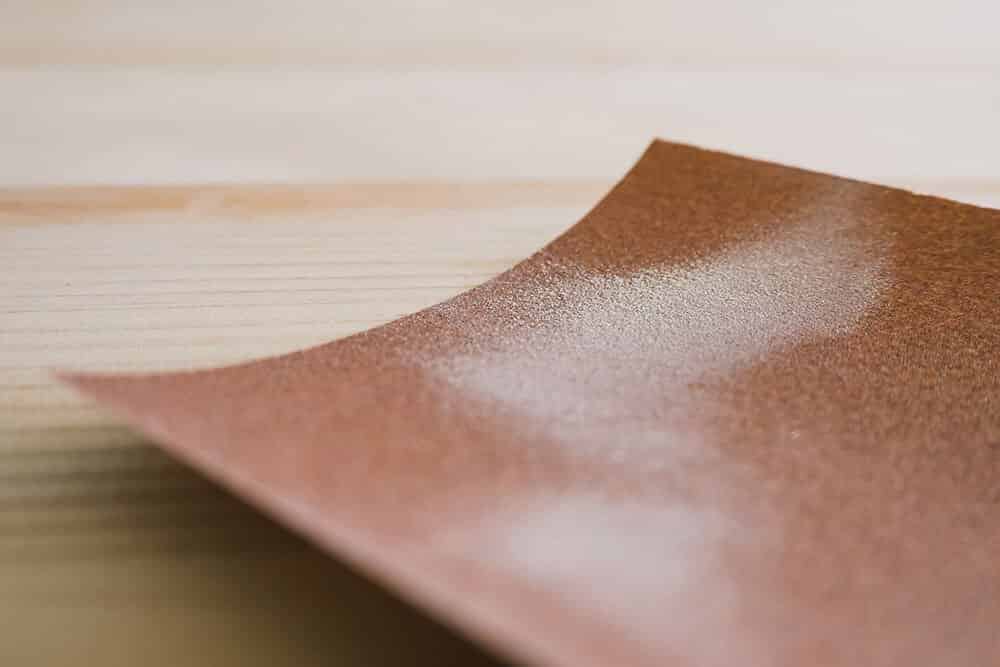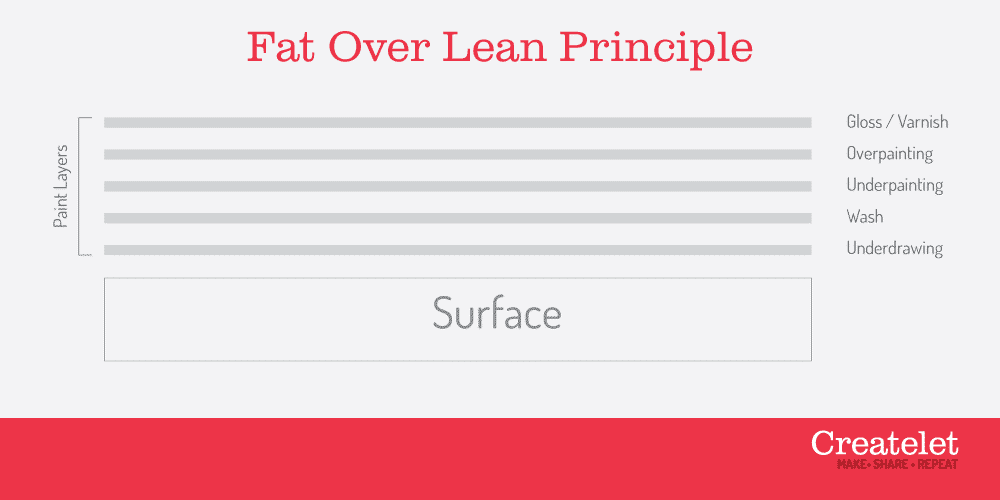Artists are always trying to push the boundaries and explore non-traditional surfaces.
One such surface that oil painters may be tempted to try is glass.
While not exactly a popular surface by any means and also extremely rare to find at a museum (we were only able to identify one such piece in The Metropolitan Museum of Art’s expansive collection), it still is a surface worth looking at.
Today, we wanted to go over the necessary steps that you should employ before attempting to paint with your oils on this starkly different surface.
Let’s get started:
Table of Contents
Is Oil Really The Best Medium For The Job When Painting On Glass?
To put it simply, no.
Oil paint will always be best reserved for porous surfaces that provide some additional texture like canvas, wood, cardboard, etc.
However, for many artists reading this, oil paint may be the only medium currently at their disposal that they could use for such a product.
However, if you have acrylic on hand, or don’t mind paying for a few tubes of it from your local art store or online, then you should use this medium.
Acrylic’s unique composition allows for it to stick to nearly everything (for better or worse) with very little effort.
If you do have acrylic readily available, then we would recommend that you check out our guide for painting acrylic on glass here.
Beyond acrylic however, you can often find mediums that have been designed from the ground up for glass application.
Such is the case with this line of products by Pebeo Vitrea Glass Paint.
But alas, if you are still looking to use your oil paint on glass, not all is lost, just follow these simple steps:

Glass Must Be Thoroughly Cleaned
In order to prevent any peeling or cracking of your oil paints after application, it will be critical that the glass you are painting on is cleaned thoroughly.
While traditional soap and water will be great for an initial wash, we would also recommend using additional solutions as well.
Specifically, isopropyl alcohol or acetone should be able to adequately remove any lingering dust or grime that may have been stubbornly left behind when performing the initial wash.
It’s important that after you are done wiping your glass panel with either of these solutions that you let it air dry before applying any paint.
Creating A Texture On The Surface Of The Glass
To ensure longer term preservation of the piece that you plan on painting, its highly recommended that you create some sort of texture on the surface of the glass in order for the paint to latch on to appropriately.
Glass artists will often use either one of these two methods:

Sandpaper
With a very fine grit sand paper you will be able to not only generate enough texture for the oil paint to rest, but will still preserve much of the translucency of the surface.
Simply sand the glass on a flat surface and apply a firm amount of pressure in a circular motion.
Be sure that you wear both safety goggles and a respirator mask in order to prevent any adverse side effects.
Also, it will be best if you can do this in an outdoor area so no micro shards of glass are remaining on any surfaces that could cause injury.

Gesso
Ah, gesso, one of the most critical components to any artists toolkit.
Often used as the primer for canvases, it’s an acrylic based solution that will stick to nearly any surface (glass included).
But here’s the deal:
Most gesso comes dyed white – while fine for oil painting on a canvas that you might fully cover, completely defeats the purpose should you use this on glass.
Luckily, there’s a solution for this very scenario:
Clear gesso.
Yes, you read that right.
Able to inhibit all the great qualities of a traditional gesso, this solution absent of any dyes will be perfect for glass application.
A layer or two of this primer will allow your paint to stick on the surface and create the exact results you are looking for.
Liquitex Clear Acrylic Gesso – Perfect for creating texture on glass while still retaining translucency.
Important Reminders When Painting Oil On Glass
Just because you are painting on a new surface doesn’t mean rudimentary art rules fly out the window.
Oil on glass is no different when it comes to employing the fat-over-lean technique.

If you aren’t completely familiar with this technique, don’t worry!
Just make sure that when you are painting, every layer of your piece is fatter than the previous layer.
This means that washes will be your absolutely thinnest layer while your underpainting and over painting gradually get thicker.
Why is this important?
Given the natural oxidation process of oil paints, thinner top layers may be susceptible to cracking with drastic changes – this is important given that glass doesn’t have the same ‘give’ when compared to a natural fiber like cotton or linen.
When adopting this technique you further preserve your piece from becoming cracked in any way long after you are finished painting.
A Varnish To Finish The Piece
Should you plan on putting this piece on display, you will want to also make sure that you add a final layer of varnish to your piece.
This will help to ensure the long-term preservation of this unique oil on glass painting you created!